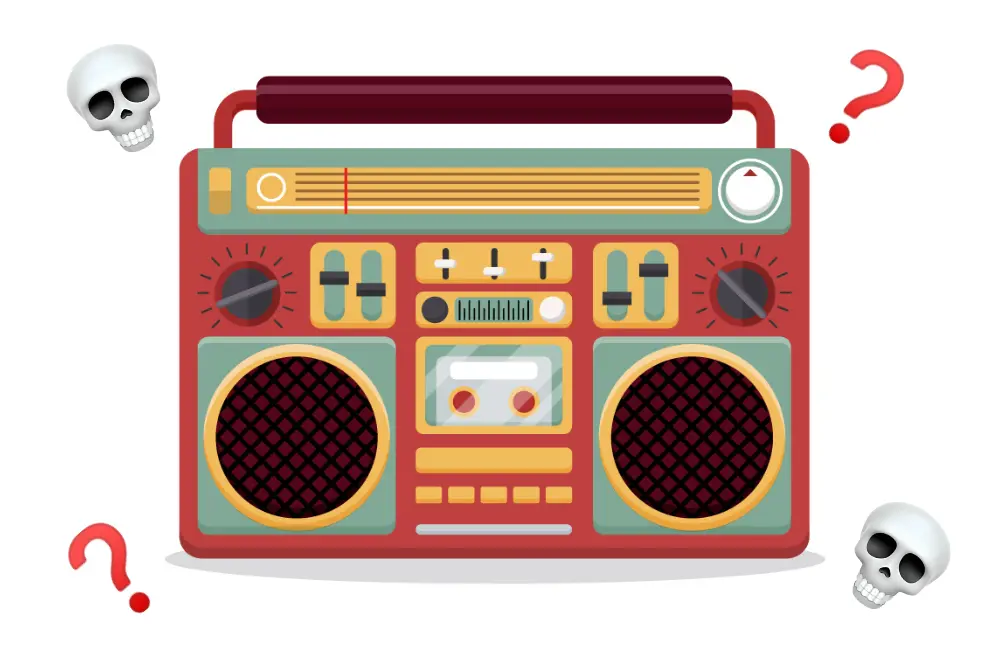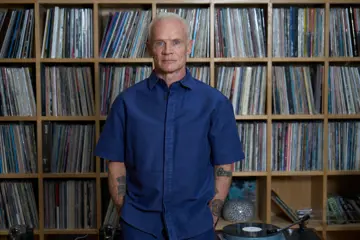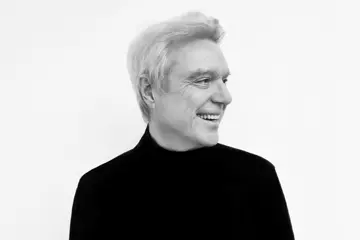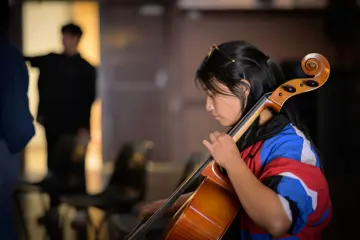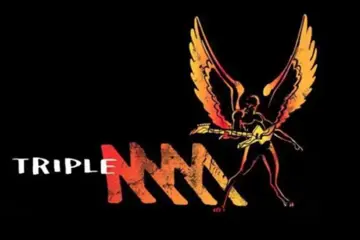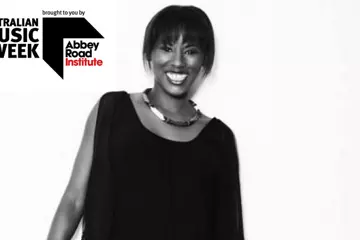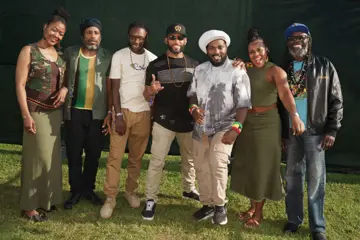Radio remains audio’s largest platform, but streaming is slowly chipping away its dominance. This was according to various reports released this month, which covered the third quarter of 2023.
In the latest edition of Edison Research’s regular Infinite Dial report, out last week, AM/FM radio fell one point to represent 36 percent of daily listening habits in the United States. In comparison, streaming accounted for 34 percent – a combination of 20 percent through the likes of Spotify, Apple Music, Deezer, and Tidal (which gained one point to hit a high of 20 for the first time) and 14 percent through YouTube and YouTube Music, which have their own shared category.
Edison’s other figures for the US market included podcasts being the third most popular, gaining 11 percent, and audiobooks at three percent. Less than percent percent of consumers aged 13-plus listened to the CDs and vinyl records they owned, or tuned in to TV music channels.
In the meantime, Midia Research provided global figures on subscription growth. By Q3, it estimates, there were 713.4 million music subscriptions worldwide, up 14.4 percent from the previous year. This represented a growth of 90 million users. “This was 6.5 million more subscribers than was added over the same period one year earlier,” Midia noted.
According to Midia, Spotify remains the biggest streamer by far with 226 million subscribers, giving it an estimated 31.7 percent of the global market share – which grew from 31.3 percent 12 months before. Tencent Music has now moved into second place with 102.7 million subscribers and a 14.4 percent share for its three services. Now in third place is Apple Music, with 89.8 million users and a 12.6 percent share.
Don't miss a beat with our FREE daily newsletter
According to Midia’s guesstimate, Amazon Music had 78.9 million users in Q3 2023 (an 11.1 percent share) and YouTube Music had 69.1 million users (9.7 percent). This month, YouTube – which is now in 100 countries – announced that YouTube Music and Premium “has crossed 100 million subscribers, including trials”. It was at 80 million subscribers in 2022 when YouTube last revealed its figures.
Meanwhile In Australia
The Australian version of the Edison update is not due until the middle of the year. But the Australian Communications And Media Authority (ACMA) published their report Communications And Media In Australia: Trends And Developments In Viewing And Listening 2022–23 in December 2023, showing a similar scenario here between radio and streaming.
It said: “The way Australians watch and listen to media continues to change. Fewer of us are watching broadcast free-to-air TV or listening to radio.”
In June of 2023, over a period of seven days, it found that 66 percent of Australian used an online subscription streaming service. 52 percent watched free-to-air TV, excluding catch-up. 56 percent listened to FM radio. 66 percent watched a subscription video-on-demand service. 70 percent listened to music through a streaming service (the same figures represented in 2022’s report). And nine percent listened to radio via the internet or an app.
A deep dive into the local streaming market – set to be worth $641.20 million by the end of 2024 – showed that Australian music streaming users are more likely to be under 25 (at 94 percent) and most likely to be female (at 71 percent) than male (67 percent). A high proportion (71 percent) lived in a metropolitan area as opposed to a regional area (67 percent).
Spotify remains the biggest music streaming in this country, used by 43 percent of adults (down from 45 percent). Last year, as reported in TheMusic.com.au, Spotify claimed it was “the largest single contributor to the Australian music industry”, citing $250 million in royalties paid out in 2022 – a 75 percent growth from 2018.
YouTube Music came in second place with a 19 percent share (down from 21 percent), while Apple Music stayed at nine percent and ABC at six percent.
The report said of radio listeners in 2023: “More than two-thirds listened to any radio (69 percent down from 75 percent in 2022). FM radio audiences remain the highest at 56 percent, despite a decline from 60 percent in 2022. AM radio use decreased to 23 percent in 2023, from 26 percent in 2022. 13 percent listened to DAB+ radio in 2022 and 2023.”
ACMA also revealed that radio listeners were mostly from outside capital cities (62 percent) than in (53 percent). “The most popular place for listening to FM radio was in the car (94 percent), followed by at home (29 percent) and then elsewhere (six percent).”
Less Australians are interested in actually owning a radio set. While 92 percent of Australians had a radio in their home or car, that slid to 89 percent last year. Less than half of Australians even have a radio in their homes. The figure is currently 44 percent, down nine points from 53 percent.
Emotional Radio
Radio executives are adamant that the medium is still the sharpest and most heartfelt.
At last week’s Commercial Radio & Audio’s HEARD conference in Sydney – held for executives and advertisers – speaker Adam Ferrier had an interesting presentation. For the first ten minutes or so, he kept the room at the Ivy club in total darkness while he stayed off the stage. He wanted to make the point that listening to audio has no distractions the way videos and movement and people can have. It was a strong message for advertisers, and showed how their campaigns would have a greater impact than their ads on TV.
Ferrier also spoke of the passion that radio can evoke. He started out on community radio in Perth and Bathurst, NSW, and had a regular spot on ABC Radio in the evenings. He now runs creative audio agency Thinkerbell and is part of DAB station Disrupt Radio. Using his background in consumer psychology, he got the 500-strong crowd to look into each other’s eyes while sexy music played. Julia Gillard’s infamous misogyny speech came over the speakers, and he asked the women to look at a man.
The point he was making, he explained, was that “the emotional experiences of audio outweigh the emotional impacts of other mediums. And it’s fucking obvious. You get in your car and you start bawling, when you make love you put music on, if you want to start a revolution you get a good soundtrack. You can have emotional experiences through audio, that are much more intense than any other medium. And it feels like the whole industry has kind of not embraced that.”
NWA’s Fuck Tha Police then blared out, to remind the audience how radio could evoke excitement and solidarity among listeners.
In 1990, triple j played Fuck Tha Police for six months before cops and a politician created a ruckus. ABC’s radio boss instructed station management to “give it a rest”; when acting news editor Nick Franklin played 22 seconds of it during a piece on profanity, he was suspended for a week. In protest, triple j hosts played NWA’s Express Yourself 360 times non-stop over 24 hours on May 7, 1990. The ABC caved after the publicity, and Franklin’s suspension was lifted.
Ferrier recalled what an emotional time it was for him during the protest – that he felt “a part of something”. He told the conference: “[Radio] is arguably the most emotional and powerful medium. If you think about any revolution, or Fuck Tha Police and all that kind of stuff, they’ve got so much emotion.”

